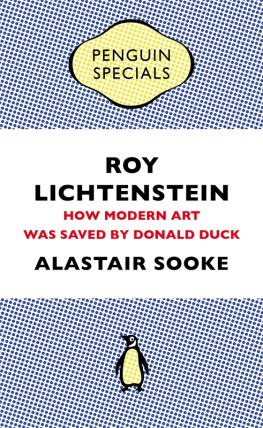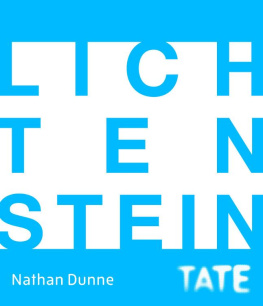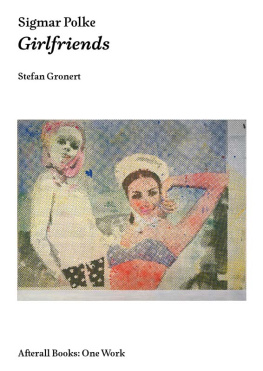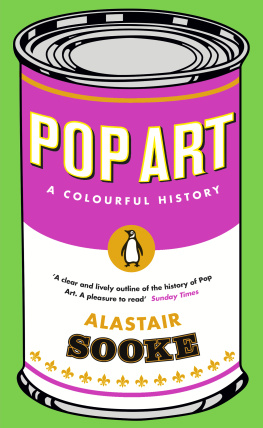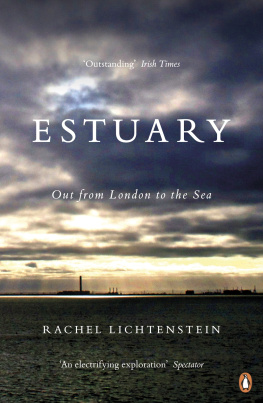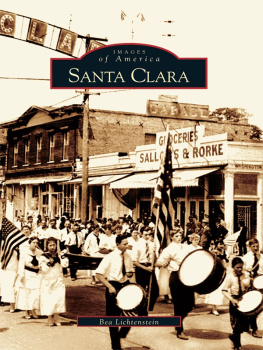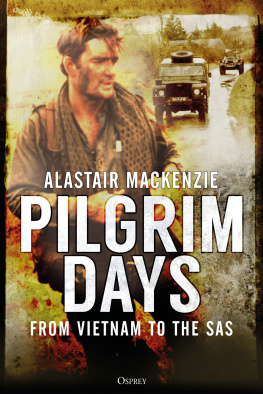The first affordable quality books for a mass audience were brought out by Penguin nearly eighty years ago. And while much has changed since then, the way we read books is only now becoming different. Sometimes it is still only a hardback or paperback book that will do. But at other times we prefer to read on something either more portable - a dedicated reading device or our smart mobile phone - or more connected, such as a tablet or a computer.
Where we are or how much time we have often decides what it is we will read next.
Penguin Specials are designed to fill a gap. They are short, they are original and affordable, and they are written by some of todays best and most exciting writers. And they are available only in digital form.
Written to be read over a long commute or a short journey, in your lunch hour or between dinner and bedtime, these brief books provide a short escape into a fictional world or act as a primer in a particular field or provide a new angle on an old subject.
Always informative and entertaining, Penguin Specials offer excellent writing that you can read on the move or in a spare moment for less than the price of a cup of coffee.
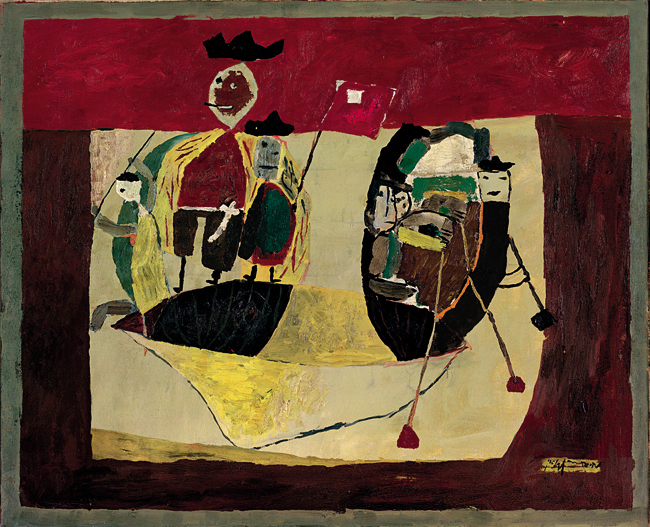
Washington Crossing the Delaware I (1951)
The Estate of Roy Lichtenstein / DACS 2013
Beginnings: I was an old-fashioned artist
Unlike his artistic hero Pablo Picasso, Lichtenstein did not lead a life full of gossip, intrigue and scandal. He didnt have a Bluebeard complex, which was the memorable diagnosis assigned to Picasso by one of his many lovers. By all accounts, Lichtenstein was a polite and measured man who cherished routine and never shied away from grunt-work in the studio. Occasionally he ventured into sculpture: during the Sixties he produced painted ceramic coffee cups and shop mannequin heads decorated with dots, as well as star-shaped Explosions made of enamel and steel. His witty Modern sculptures of 19678, constructed out of brass fittings, glass, mirrors and velvet ropes, deserve greater recognition. But first and foremost Lichtenstein was a painter.
In this respect, he was the opposite of his famous contemporary Andy Warhol, who retired from painting in 1965 to concentrate on other activities, including making movies, managing a rock band and publishing a magazine. Warhol may have been detached and voyeuristic, but he presided over Dionysian excess in the Factory. He represented creative freedom, and radically expanded the possibilities of what an artist could do and be. Lichtenstein was different. He was the classicist of the Pop movement, forever fascinated by form. Throughout his career he exerted Apollonian control over his canvases; in 1963 the British art critic David Sylvester described him as the heir to the classical French painter Poussin. I was an old-fashioned artist compared with [Warhol], Lichtenstein once said, recalling a Sixties fancy-dress Halloween party that he attended as Andy Warhol, spraying his hair with silver paint, powdering his face to look as pale as possible and wearing sunglasses. Usually, though, he was anything but flamboyant. Roy was very reserved, Dorothy Lichtenstein said in 2008. His personality was not at all like the images. He wasnt boisterous or noisy.
Most mornings Lichtenstein would arrive in his studio by ten oclock. When he broke for lunch, hed often visit the same nearby restaurant: after moving to Washington Street in New York City in 1988, he patronized Florent, a popular 24-hour diner, almost every day. According to Dorothy Lichtenstein, He worked in a very steady way. He used to say he aspired to become unpredictable and wild, curmudgeonly even, but it wasnt his nature.
Roy Fox Lichtenstein was born in Manhattan in 1923. His father, Milton, a first-generation German-Jewish American, was a real-estate broker. Beatrice, his mother, also of German-Jewish descent, was a housewife who played the piano to a high standard. Lichtenstein grew up on New Yorks Upper West Side. As a boy, he enjoyed visiting the American Museum of Natural History and listening to popular radio programmes such as Flash Gordon. He drew from a young age. When he was a teenager, he attended watercolour classes on Saturday mornings. With his mother and sister, he visited the Museum of Modern Art, where he admired Picassos Guernica in 1939.
In 1940, after graduating from Franklin, a private high school in Manhattan, he enrolled at Ohio State University, where he attended influential drawing classes taught by Professor Hoyt L. Sherman. In 1945 Sherman created his flash lab, which would have a lasting impact upon Lichtenstein. Using a nineteenth-century mechanical device known as a tachistoscope, Sherman projected images on to a screen inside a darkened studio converted from an old artillery shed. Each image would appear for a fraction of a second before darkness returned, and Shermans students were then invited to draw from memory the after-image that had passed across their retinas. In each class, Sherman would flash twenty slides. At first, he presented simple abstract shapes. But, as the six-week course continued, he gradually introduced increasingly complex images, from Old Master drawings to three-dimensional still lifes that he had constructed with the help of assistants. The idea was to teach students to recognize the underlying compositional unity of what they saw.
Although Lichtenstein never completed a full course in the flash lab, he taught in it and built his own version after joining Ohio States School of Fine and Applied Arts as an instructor in 1946. (He also tried to re-create the flash lab while he was assistant professor of art at two other institutions in the late Fifties.) In 1963, a couple of years after his transition into Pop, Lichtenstein said: The ideas of Professor Hoyt Sherman on perception were my earliest important influence and still affect my ideas of visual unity. The importance of unity in his work is something that Lichtenstein stressed throughout his life. Moreover, it is tempting to link the intense impact of his Pop works, which burst on to the retina with the ferocity of a flashbulb, to the lessons he learned from Sherman.
Lichtenstein was at Ohio State for most of the Forties, first as a student, then as a teacher except for a few years, between 1943 and 1946, when he was in the US Army. To begin with, he was posted to an anti-aircraft training base in Texas. The following year, he was sent to Keesler Air Force Base in Mississippi to train as a pilot. Perhaps the seeds of his interest in aerial combat were sown during this period: his War paintings would be full of fighter jets.
After the training programme at Keesler was unexpectedly cancelled, Lichtenstein reported for duty at the Mississippi headquarters of the 69th Infantry Division of the Ninth Army. One of his informal duties was to enlarge cartoons in the Army newspaper

